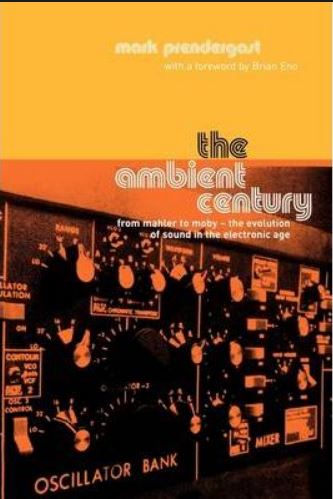
I decided on the MDLRCASE 12U at 456 total HP. In the 370HP range I was aiming for, cases tend to be shorter but too wide, or I’d need two cases and would have an awkward time integrating everything else — and it would have been pricier, required some awkward DIY at almost the same price, or perhaps a custom job from one of the makers that don’t answer their email… anyway, this one should suit me well. And my spouse has offered to do some pyrography on it, which seems a lot cooler than slapping synth brand stickers all over it.
When I started to experiment with modular sequencing, what I really wanted was a Sputnik Five-Step Voltage Source — but the company had shuttered and they were only available used. I tried to make do with other modules, such as Pressure Points and Mimetic Digitalis, but they weren’t quite what I wanted. I found someone selling their 5-Step plus the Selector companion module for half what I expected, so I went for it — it’s not small but I’ll have the space.
Aside from a couple of minor VCA and pedal interface substitutions I’ll do in trades if possible, and some re-knobbing and possible necessary cables — I plan to spend no more money until my “2019 Gear Spending Tracker” balance is back into the black through selling old gear.
Not that it matters much next to tomorrow afternoon’s pharmacy copay for 30 days of meds — I guess it’s important that I maintain my serfdom to America’s insurance billionaires. I hope we get our Medicare For All next year, so I can dance on the graves of Anthem and Express Scripts before they dance on mine.
Anyway, now it’s time to figure out how I’m going to arrange modules in the new case. Even this is something of an art, much discussed on modular forums, with several schools of thought behind it. (Surprise, nerds make everything nerdier!) You can group aesthetically, ergonomically, by signal flow, by function, at random, etc. There are some practical constraints, such as cases where some sections don’t accommodate deeper modules, or narrow modules with tiny knobs that need a little finger room on their sides — or simply finding places to fit modules of different widths.
Even if you pick something like signal flow as your priority, there are different methods. East Coast subtractive synthesis typically proceeds left to right from VCO to VCF to VCA — often with an envelope generator standing in for “VCA” on the panels of fixed-architecture synths, and any LFOs and secondary envelopes in a row below that. Buchla designs — more modular, but with a sharp distinction between control signals and audio signals — proceed from control to sound source to output, which reflects something of an acoustic mindset. But Eurorack modular synths require a little arbitrary shoehorning if you’re going to do this; many of even the simplest modules can fit in multiple categories.
The guiding principles for my layout are:
- I have 20cm jumpers for my i2c connections since they’re supposed to be kept short — so Teletype, TXb, and ER-301 will be neighbors. According to some, I might have some leeway in placing the 16n Faderbank, though.
- Modules with “permanent” exterior connections — I/O patchbay(s), pedal interfaces, TXb — should be kept to corners or edges so their cables can be routed out of the way.
- Try to discourage proximity-based “cliques” among modules — a reason I wanted to merge back to one case in the first place. Since I don’t want to frequently randomize, I think this implies a functional grouping. The impossible ideal is that all modulators are equidistant from any given destination.
- Try not to have scattered gaps throughout the case (which can complicate rearranging and require more small blank panels).
- Try to keep like panel colors and brands together, but that’s secondary to all other concerns.







